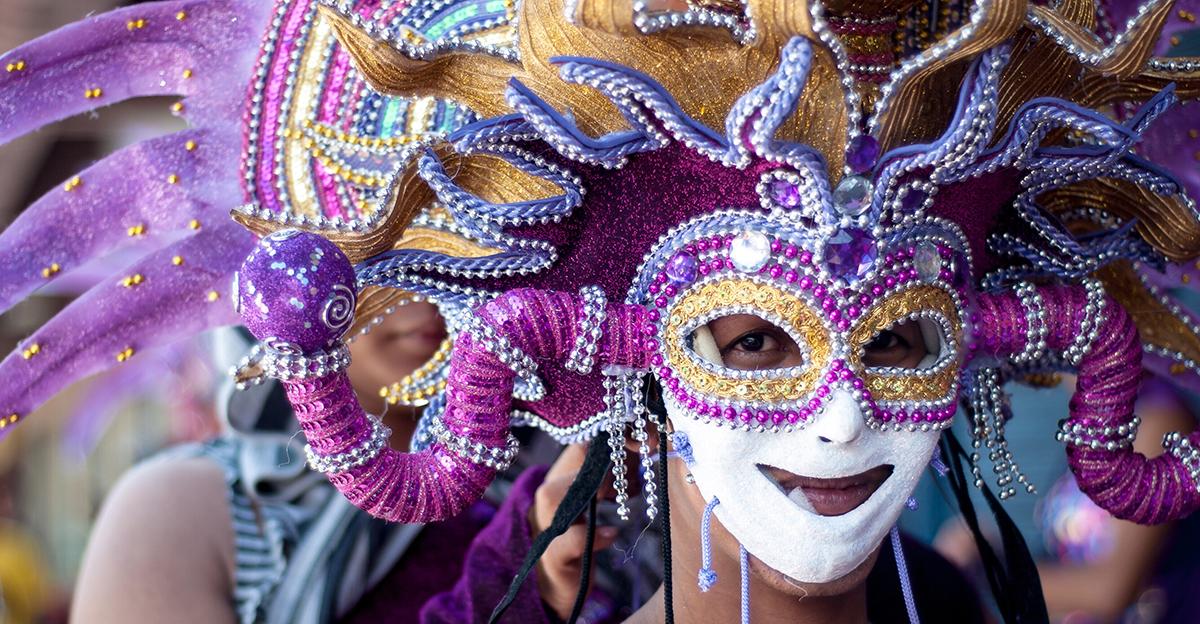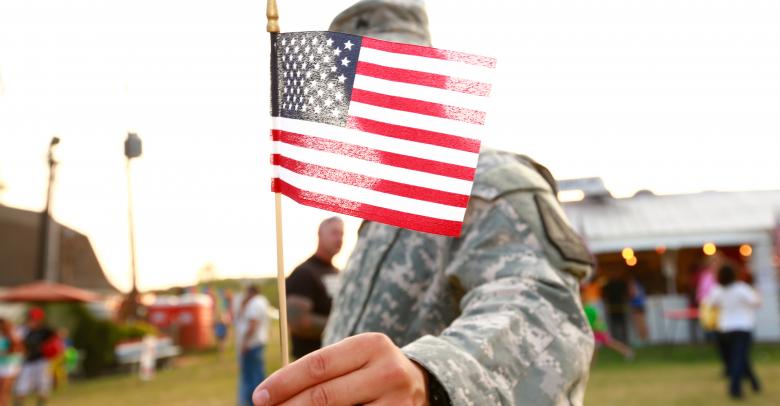For centuries, people have been farming the land and celebrating the bounty with unique fall festivals. In years past, the bounty foretold the future. When the yield was scarce, hunger was imminent. However, a plentiful fall harvest meant food would be abundant throughout the winter months and beyond.
On Thanksgiving Day, America still celebrates the harvest meal held by the native Wampanoag people and Puritan settlers in 1621. However, America is not alone in its fall festivities. Fall festivals are celebrated all around the globe!
Each tradition is unique. A country or territory may hold a fall festival to acknowledge loved ones lost, to give thanks for a plentiful bounty, or as a means to improve the overall mood of the community. However, they are all united in that the festivals center around bringing communities together. To keep learning fun and introduce cultural diversity, teachers in art and social studies can incorporate aspects of these festivals into their fall lesson plans.
1. Mid-Autumn Festival, China
Every year China holds the Mid-Autum Festival, also known as the Harvest Moon, Moon, or Mooncake Festival. This holiday celebrates the large, bright moon that occurs during the eighth lunar month. The festival began to rejoice in a bountiful harvest. However, activities today include dragon and lion dances and eating mooncakes.
Chinese communities believe the full moon is good for romance and fertility. Therefore, this fall festival is also considered the ideal time for courtship. The Philippines, Vietnam, and Taiwan also celebrate this Mid-Autumn Festival.
Activity: Chinese Dragon Drawing
Have the class use crayons or markers to draw their own Chinese dragons (Grades 1-8).
2. Mexico’s Dia de los Muertos (Day of the Dead)
While many cultures mourn death, Mexico holds a two-day festival to pray for and celebrate the lives of loved ones they have lost. For the Day of the Dead Festival, colorful altars are created and the favorite foods and drinks of the departed are consumed.
Activity: Dia de los Muertos Memory Niche
Follow our Dia de los Muertos Memory Niche Lesson Plan. Combine two Mexican traditions of the Day of the Dead and a memory niche to create a wonderful keepsake (Grades 5-12).
3. MassKara Festival, Bacolod City, Phillippines
The MassKara Festival is a relatively new celebration. It was created in the early 1980s out of the need to find joy during a time of famine and after the loss of lives during the MV Don Juan maritime tragedy. Following the tragedy, the “City of Smiles” chose to put on a happy face (MassKara translates to “many faces”). Today, that tradition continues in Bacolod City with colorful and bright masks, costumes, and headdresses.
Activity: City of Smiles Mask
Have students create their own “City of Smiles” mask by gluing various items onto a Papier-Mache Mask (Grades 3-6).
4. Festival of Dashain, Nepal
Nepalese people celebrate the victory of good over evil during the Festival of Dashain. This Hindu festival lasts for 15 days and encourages travelers to return home to loved ones. It includes feasts, decorations, kites, and family activities. In addition, during this festival is the only time religious observers are allowed to enter the Taleju Temple.
Activity: Dashain Fall Festival Calendar
Have students use paper and markers to create a 15-day calendar that coincides with the annual Festival of Dashain. Once they’ve created their calendars, have them draw or write about the foods they would like to eat and family games and activities on each day of the festival (Grades 1-4).






Leave a Reply